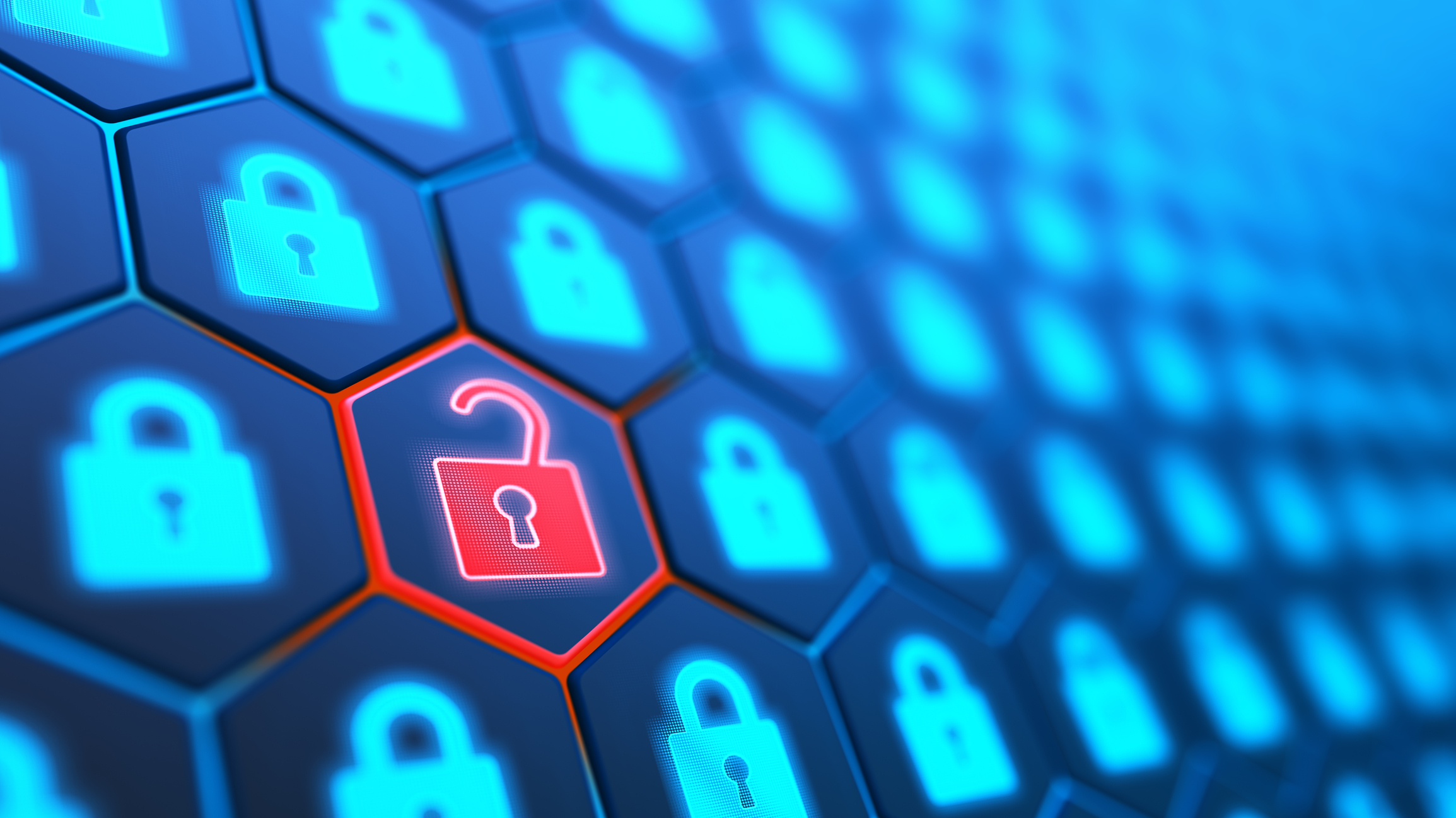More malware, less ransomware in higher ed
Cybercriminals are humans, and as such, their whims, preferences and practices are subject to change. In 2020 and 2021, across sectors and regions, they appeared to prefer ransomware over other kinds of malware attacks, and government was their top malware target, according to new report from SonicWall.
But in 2022, cybercriminals altered their patterns. In this new threat landscape across industries and regions, ransomware attacks decreased (by 21 percent), though malware attacks over all increased (by 2 percent, after three years of decline), according to the report. Also, educational institutions were their top malware target.
Malware—a portmanteau of “malicious software”—is a general term that refers to software used to gain access to a system for the purposes of compromising, damaging or destroying a device, network or data. Malware may include viruses (software designed to spread from one computer to another), spyware (software designed to gather a user’s data without their knowledge), keyloggers (software that records a computer’s keystrokes) and many other nefarious applications.
Ransomware is another type of malware. In a ransomware attack, a criminal locks down and encrypts a user’s files. The attacker then demands money for the files to be unlocked.
Digging deeper into the data, the idea that global ransomware attacks were down may be misleading when considered in isolation, according to the researchers, as 2021 had been a high outlier year for ransomware attacks. When that outlier is omitted, ransomware attacks have been rising since 2018.
In any case, a strong majority of those who spend their days guarding computer networks perceive that malware attacks, including ransomware, remain persistent threats, according to SonicWall’s 2022 threat mind-set survey. In the survey, both were deemed top threats by a majority of respondents.
In higher education, malware attacks rose, though not as dramatically as in the K-12 sector. Ransomware attacks in higher education fell in 2022, which is especially noteworthy given the staggering increase of such attacks targeting K-12.
Cybercriminals often target known…


